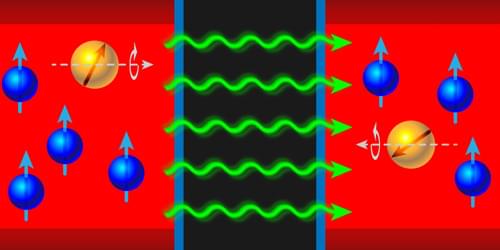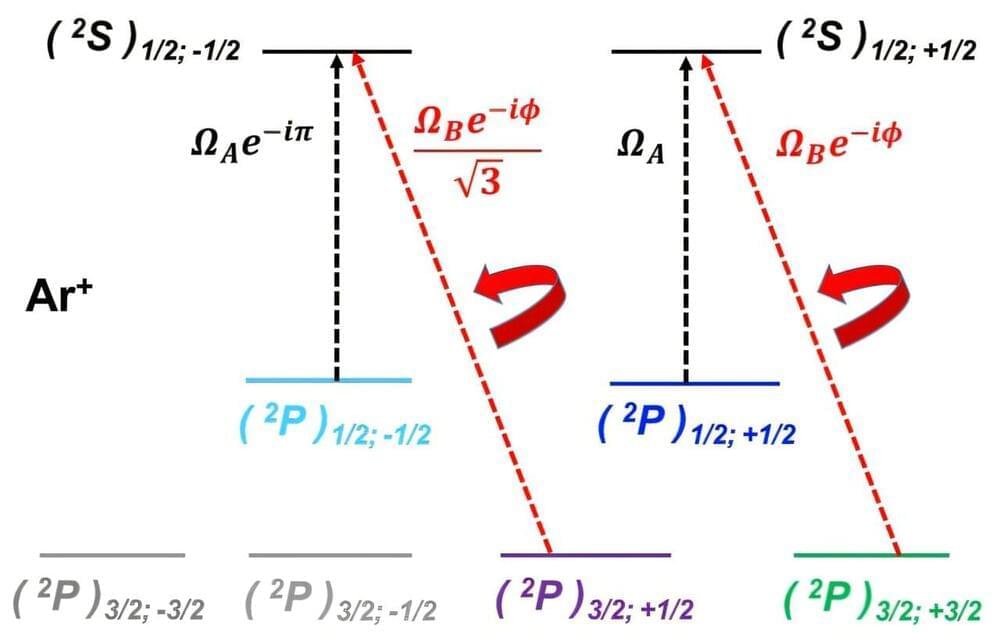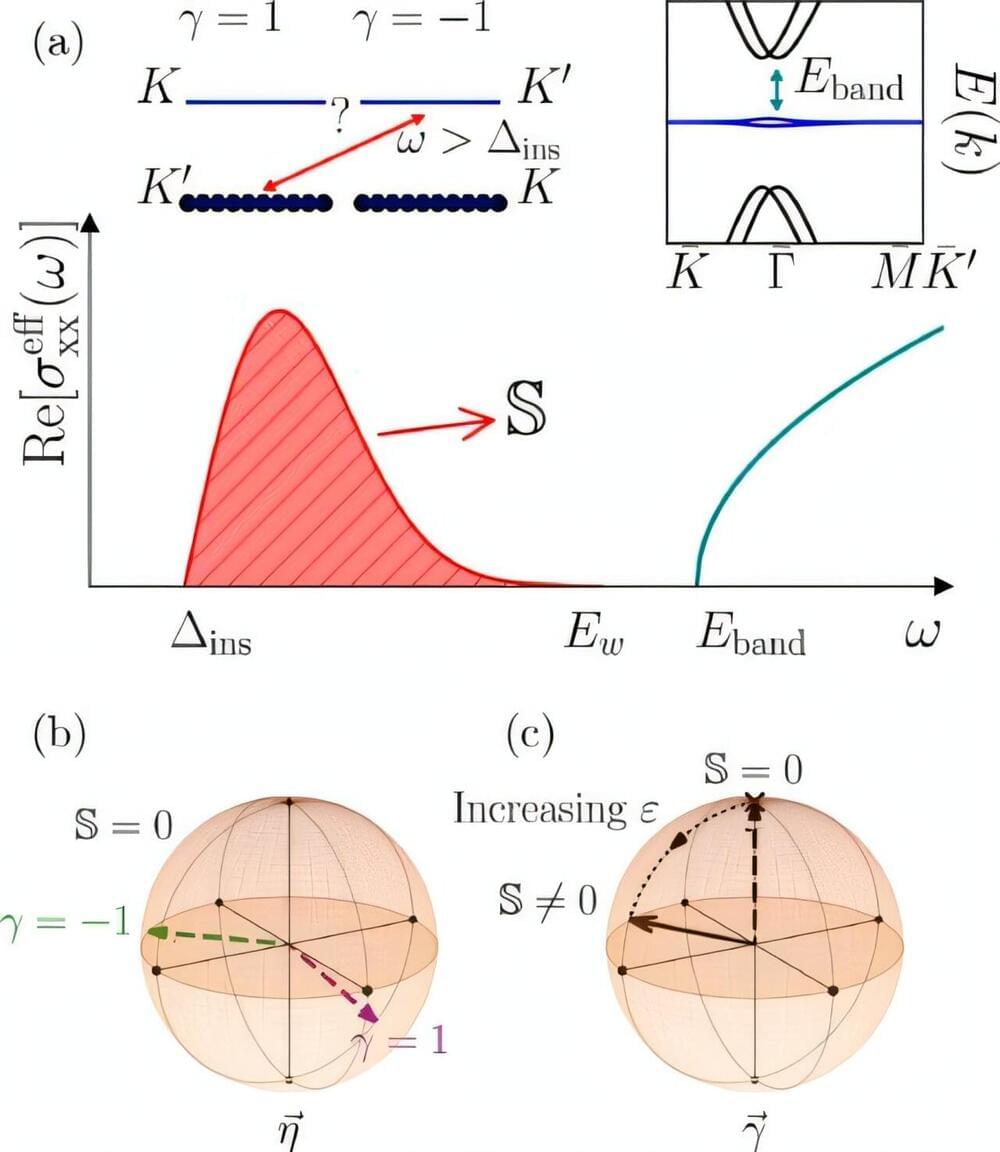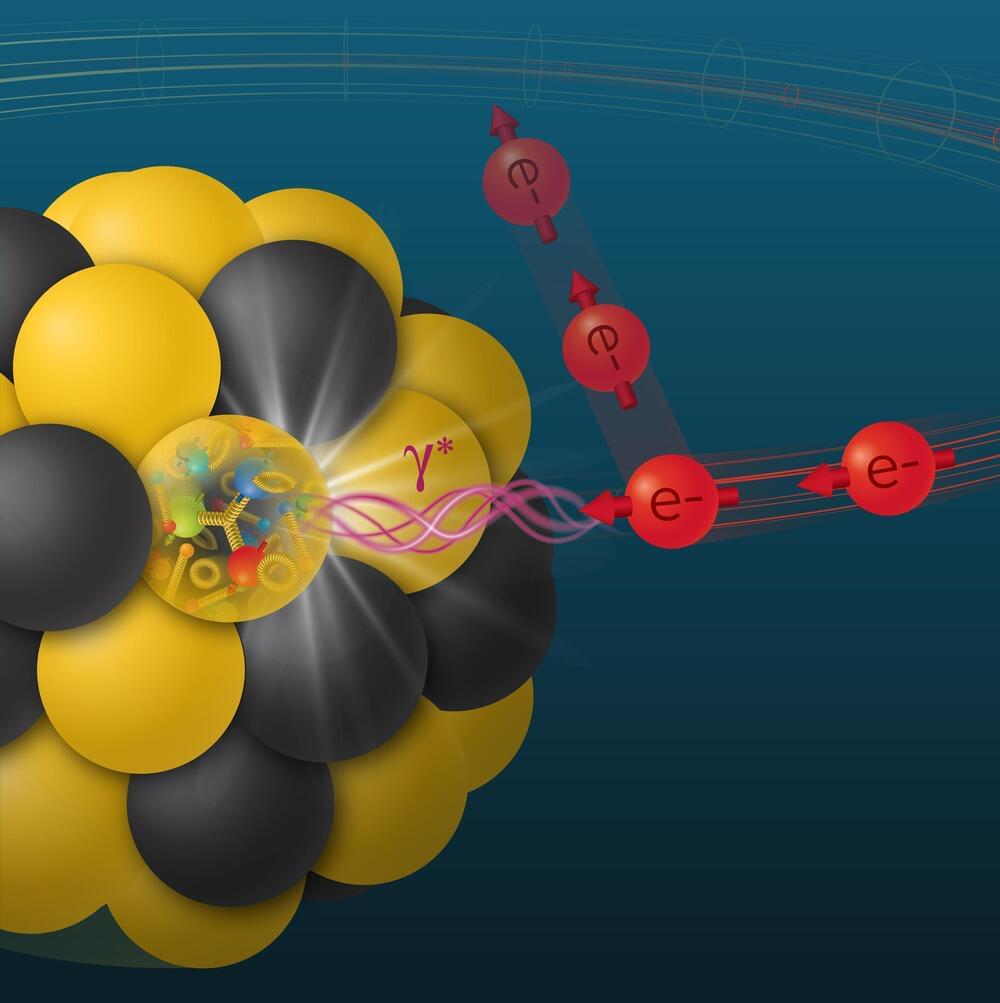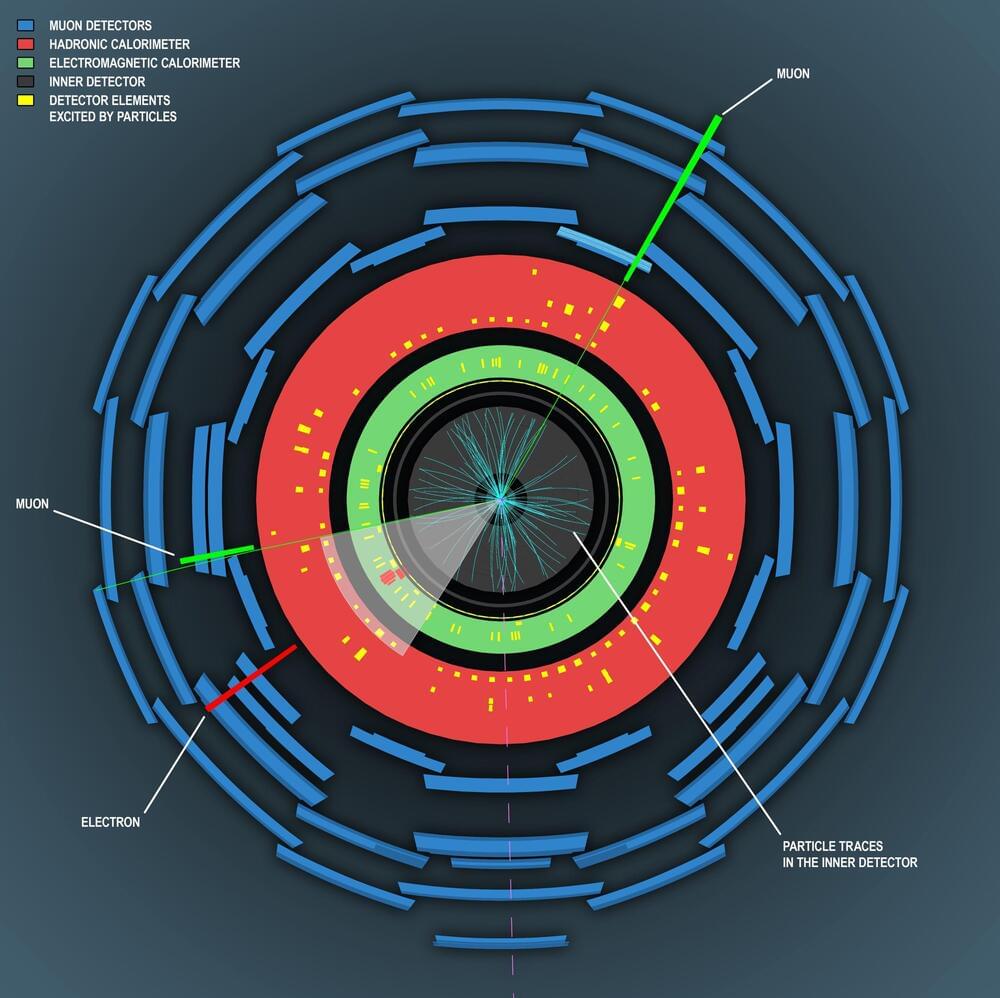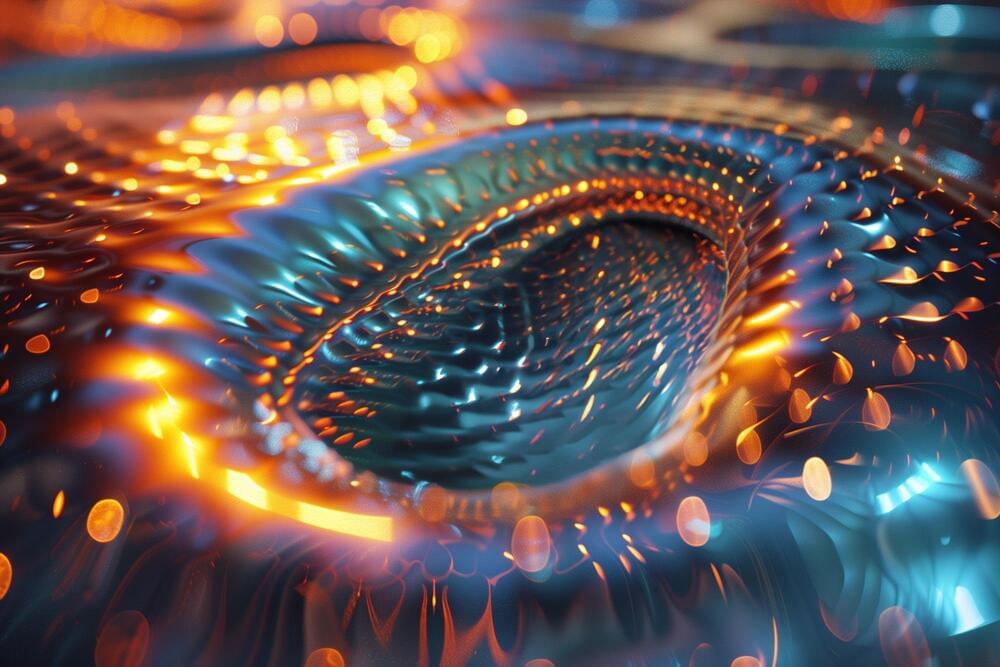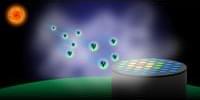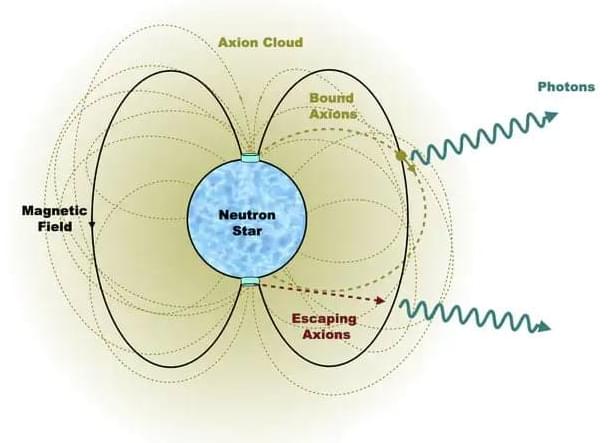Nov 9, 2024
Quantum-tunneling deep neural network for optical illusion recognition
Posted by Saúl Morales Rodriguéz in categories: biological, particle physics, quantum physics, robotics/AI
The discovery of the quantum tunneling (QT) effect—the transmission of particles through a high potential barrier—was one of the most impressive achievements of quantum mechanics made in the 1920s. Responding to the contemporary challenges, I introduce a deep neural network (DNN) architecture that processes information using the effect of QT. I demonstrate the ability of QT-DNN to recognize optical illusions like a human. Tasking QT-DNN to simulate human perception of the Necker cube and Rubin’s vase, I provide arguments in favor of the superiority of QT-based activation functions over the activation functions optimized for modern applications in machine vision, also showing that, at the fundamental level, QT-DNN is closely related to biology-inspired DNNs and models based on the principles of quantum information processing.

